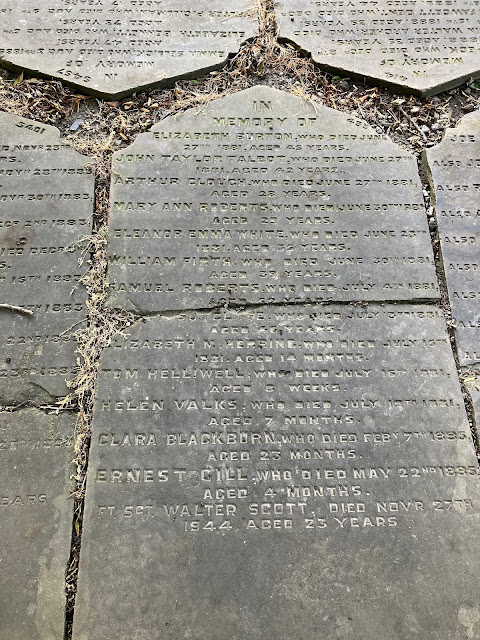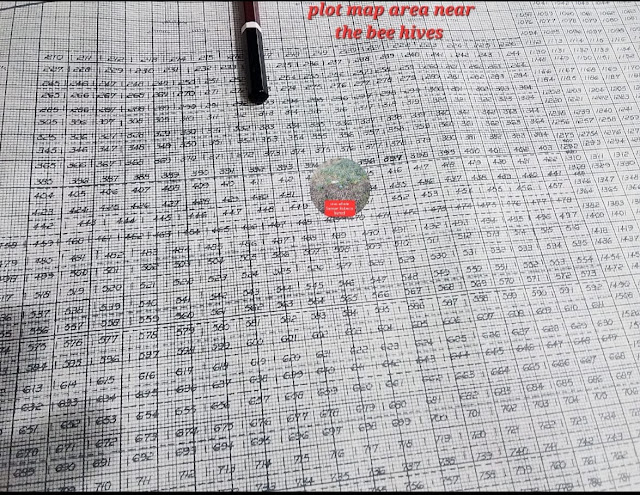This relative's name sent me down a rabbit hole, searching for more information on his name "Greenleaf" instead of researching his brother, my 4th great grandfather Jonathan Batchelder.
Greenleaf Cilley Batchelder, the son of Nathaniel Batchelder and Mary Perkins, was born about 1805 in Chichester, New Hampshire. He is my 5th great grand uncle, since I descend from his older brother Jonathan Batchelder. Greenleaf married to Elizabeth Clesby on 20 November 1839 in Boston, Massachusetts. He had three children, including his eldest, Captain Greenleaf Williams Batchelder, (1841 - 1888) who served in the Civil War.
What struck me as interesting was the name "Greenleaf". I knew that Nathaniel Batchelder's grandfather (my 7th great grandfather) was Jonathan Longfellow. But I couldn't find a Greenleaf in Nathaniel's family, nor in Mary Perkins' family. Where did the name "Greenleaf" come from?
After looking deeper into the family tree (at the names of the sons-in-law in several lineages) I found my answer. Jonathan Longfellow had a daughter Mary (my 6th great grandmother), and also a daughter Sarah (AKA Sally) who married Revolutionary War General Joseph Cilley (1735 - 1799) of Nottingham, New Hampshire. Sally's grandmother was Elizabeth Greenleaf (1677 - 1724) who married Henry Clark of Newbury. Sally and Joseph had a son named Major Greenleaf Cilley (1767 - 1808). Another Greenleaf!
According to the complied genealogy Batchelder, Batcheller Genealogy: Descendants of Rev. Stephen Bachiler by Frederick C. Pierce, 1898 "Greenleaf Cilley Batchelder...was the youngest of this family; left his home very early in life and came from New Hampshire to Boston. He became interested in the lumber business, having contracts with the government to supply ship timber for the Charlestown Navy Yard. At age 35 he thought he had enough money to retire upon, and invested it in real estate, mostly at the west end of Boston [note: across the Charles River from the Navy Yard in Charlestown]. He wa a man of dignity and strong character; his manners were those natural to good breeding. He was fond of fine horses, and owned some of the best in the city. At the age of 45, one of the horses ran away with him. He was on his way to a farm which he owned in Roxbury (now a part of Boston) with his foreman. They were both thrown from the carriage, and his skull was fractured, and after lingering several months, he died from the effect of this accident."
Greenleaf Cilley Batchelder was buried in the very fine Mount Auburn Cemetery in Cambridge, contiguous to Boston. He must have been a wealthy man. I have requested a photograph of this tombstone through Find A Grave. Let's see if that happens soon, or I will have to take a road trip to Cambridge!
While I was searching the internet for more information about Greenleaf, I found an interesting newsclipping from the newspaper American Traveller, Boston, Massachusetts, Friday, Dec. 6, 1839, page 3 "Marriages... By Rev. Mr. Lothrup, Mr. Greenleaf C. Batchelder to Mrs. Elizabeth W. Davis". What? Her death record lists her father as Bartholomew Clesby. Where does the DAVIS come from? Hmmmm... another rabbit hole!
For the truly curious:
Frederick C. Pierce, Batchelder, Batcheller Genealogy: Descendants of Rev. Stephen Bachiler, of England, A Leading Non-Conformist Who Settled in teh Town of Hampton, N.H., and Joseph, Henry, Joshua, and John Batcheller of Essex Co., Massachusetts. Chicago, Illinois, 1898.
My Surname Saturday blog post for BATCHELDER: https://nutfieldgenealogy.blogspot.com/2018/09/surname-saturday-new-batchelder-lineage.html
My Surname Saturday blog post for LONGFELLOW: https://nutfieldgenealogy.blogspot.com/2018/11/surname-saturday-longfellow-of-newbury.html
-----------------------
To cite/link to this blog post: Heather Wilkinson Rojo, "Greenleaf Cilley Batchelder (1805 - 1855)", Nutfield Genealogy, posted March 28, 2023, ( https://nutfieldgenealogy.blogspot.com/2023/03/down-rabbit-hole-with-greenleaf-cilley.html: accessed [access date].

.JPG)








